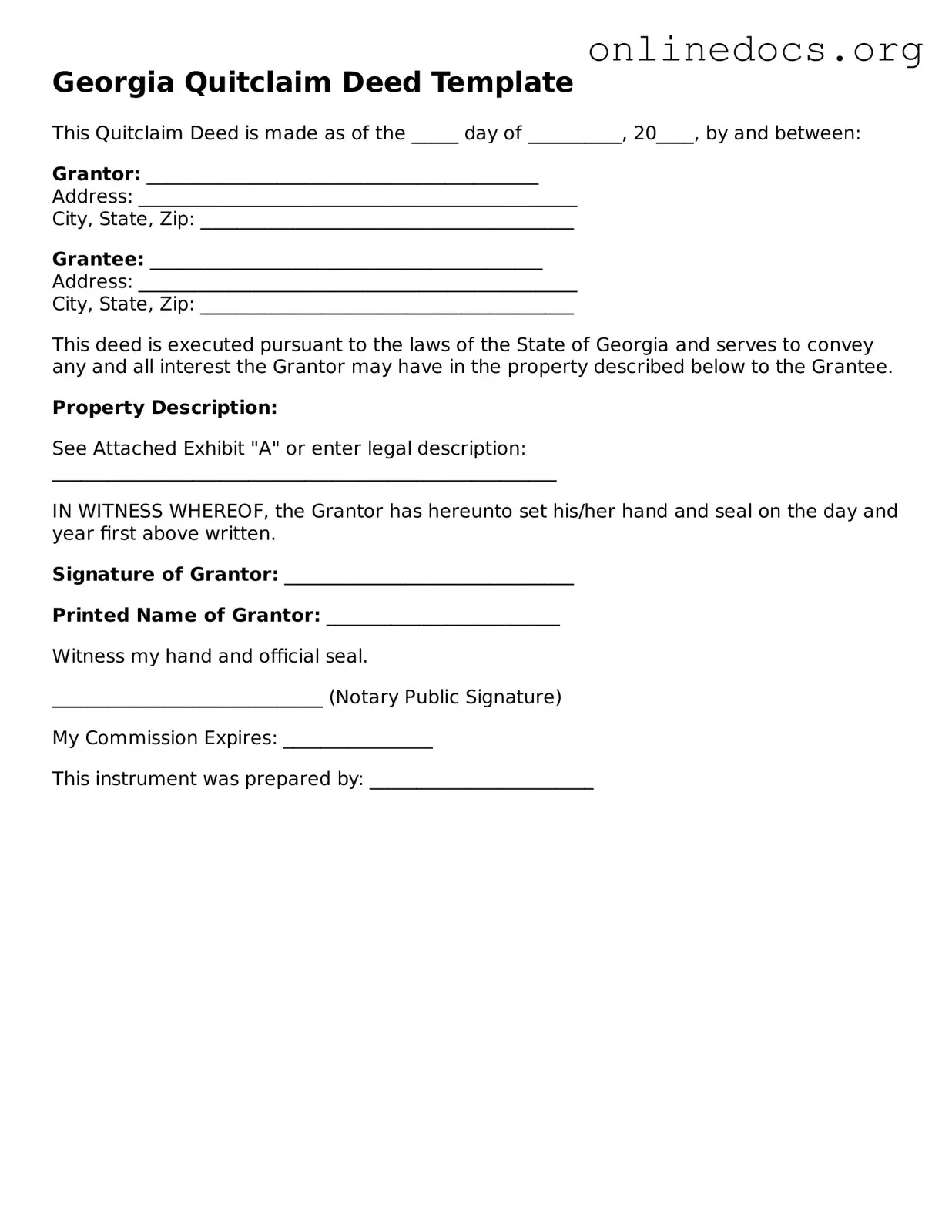A warranty deed is a document that provides a guarantee of clear title to the property being transferred. Unlike a quitclaim deed, which offers no such warranty, a warranty deed assures the buyer that the seller holds legal title to the property and has the right to transfer it. This document typically includes a promise that the seller will defend the title against any claims. The protection offered by a warranty deed can be crucial for buyers seeking security in their real estate transactions.
When entering into any property transaction, understanding the nuances of various deeds is crucial. For instance, a Warranty Deed offers robust protection to buyers, while a Quitclaim Deed transfers ownership without guarantees. Similarly, a Bargain and Sale Deed implies ownership but lacks warranties, while an Executor’s Deed facilitates property transfer in an estate context, providing certain assurances. Additionally, a Deed of Trust secures a loan against property, highlighting a different function altogether. For those considering renting a property, acquiring a New York Residential Lease Agreement from legalformspdf.com can further clarify rental terms and conditions, ensuring a smoother leasing experience.
A special warranty deed is somewhat similar to a warranty deed but with a key difference. It only guarantees that the seller has not encumbered the property during their ownership. This means that any issues arising from previous owners are not covered. Buyers may prefer a special warranty deed when they want some assurance of the seller's ownership while accepting that past claims may exist.
A bargain and sale deed is another type of property transfer document. It conveys property without warranties, similar to a quitclaim deed. However, it implies that the seller has ownership rights. This type of deed is often used in transactions involving foreclosures or tax sales, where the seller may not provide guarantees about the title. Buyers should be cautious, as this type of deed does not protect against title defects.
A grant deed is commonly used in many states and provides some level of assurance to the buyer. It guarantees that the seller has not transferred the property to anyone else and that there are no undisclosed encumbrances. While it does not offer the same level of protection as a warranty deed, it provides more security than a quitclaim deed. Buyers may find this document preferable for its balance of simplicity and assurance.
A deed of trust serves a different purpose than the previously mentioned documents, as it is primarily used in real estate financing. It involves three parties: the borrower, the lender, and a trustee. The borrower transfers the property title to the trustee as security for the loan. This arrangement protects the lender's interests while allowing the borrower to retain possession of the property. It is essential for buyers to understand this document when financing a property purchase.
A leasehold deed conveys a temporary interest in a property, allowing the lessee to use the property for a specified period. Unlike a quitclaim deed, which transfers ownership, a leasehold deed does not transfer title. Instead, it grants rights to occupy and use the property under the terms of a lease agreement. This document is crucial for individuals or businesses looking to use property without purchasing it outright.
An easement deed grants a right to use a portion of someone else's property for a specific purpose, such as access or utility installation. While it does not transfer ownership, it is similar to a quitclaim deed in that it can be executed without extensive warranties. The easement remains in effect even if the property is sold, which can be important for both property owners and those benefiting from the easement.
Finally, a title transfer form is a straightforward document used to officially transfer ownership of property. It is often used in conjunction with other documents, such as quitclaim deeds or warranty deeds, to ensure that the transfer is recorded. While it may not provide the same protections as a warranty deed, it serves as a vital record of the change in ownership, making it an essential component of real estate transactions.
